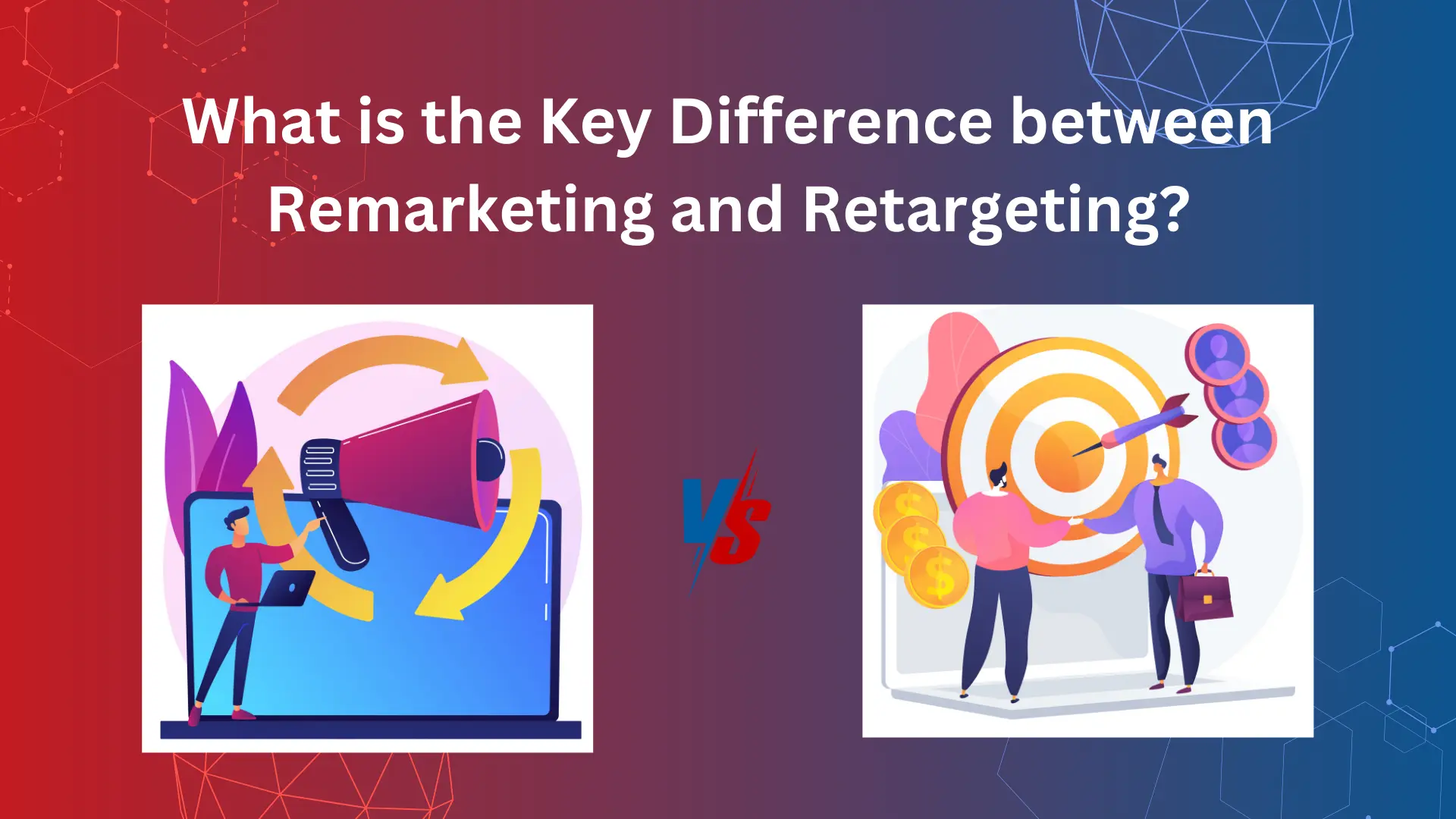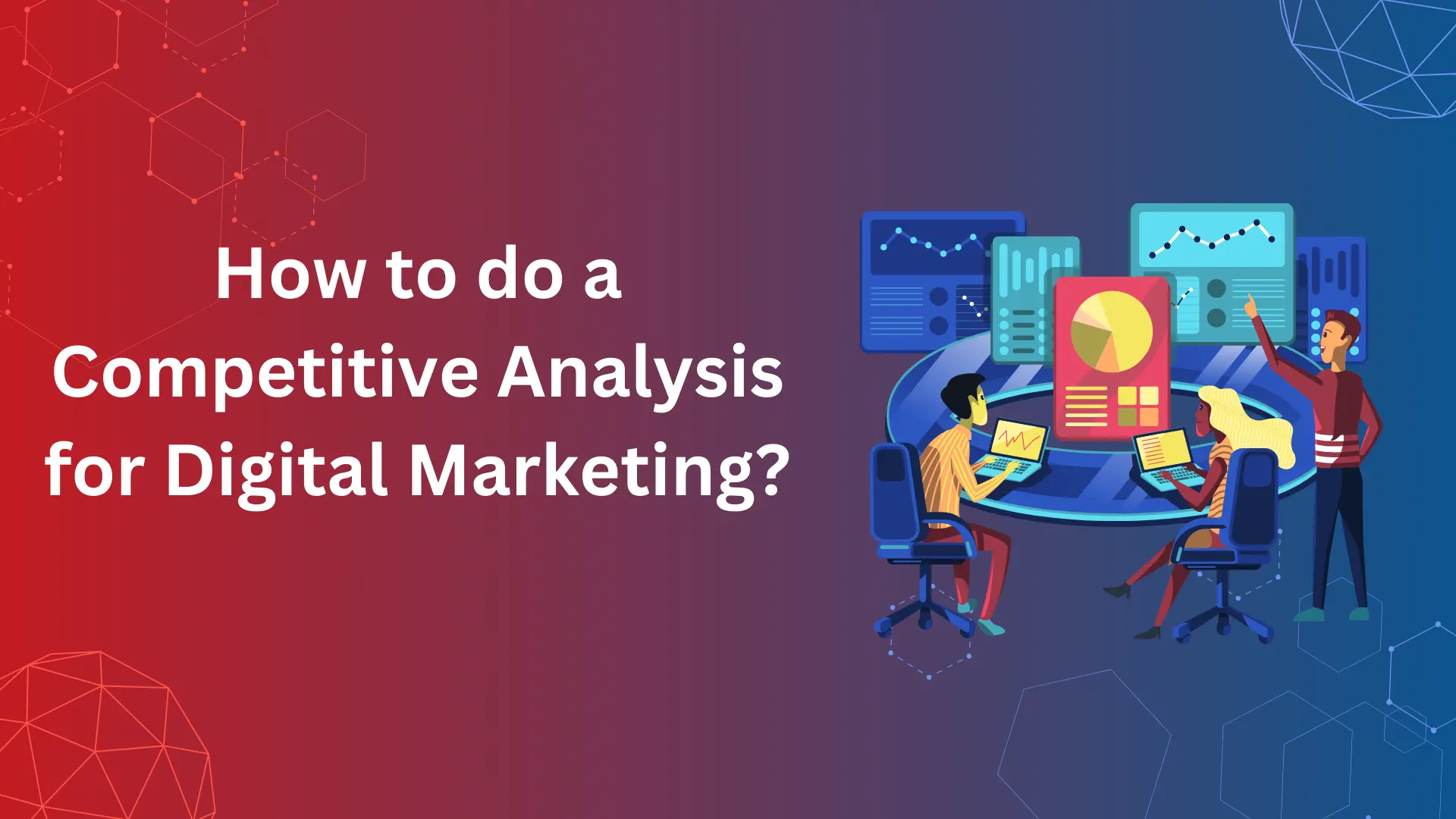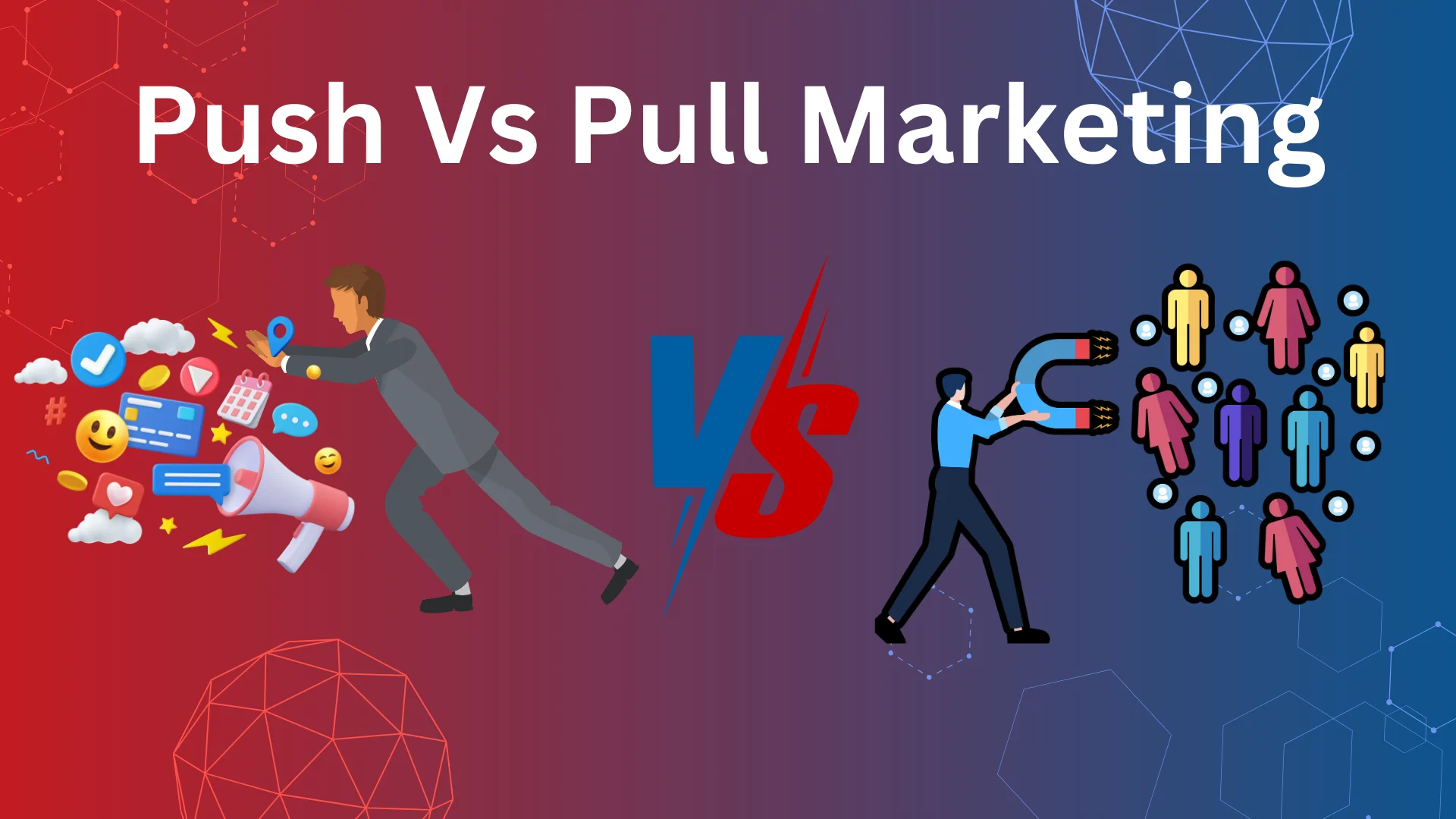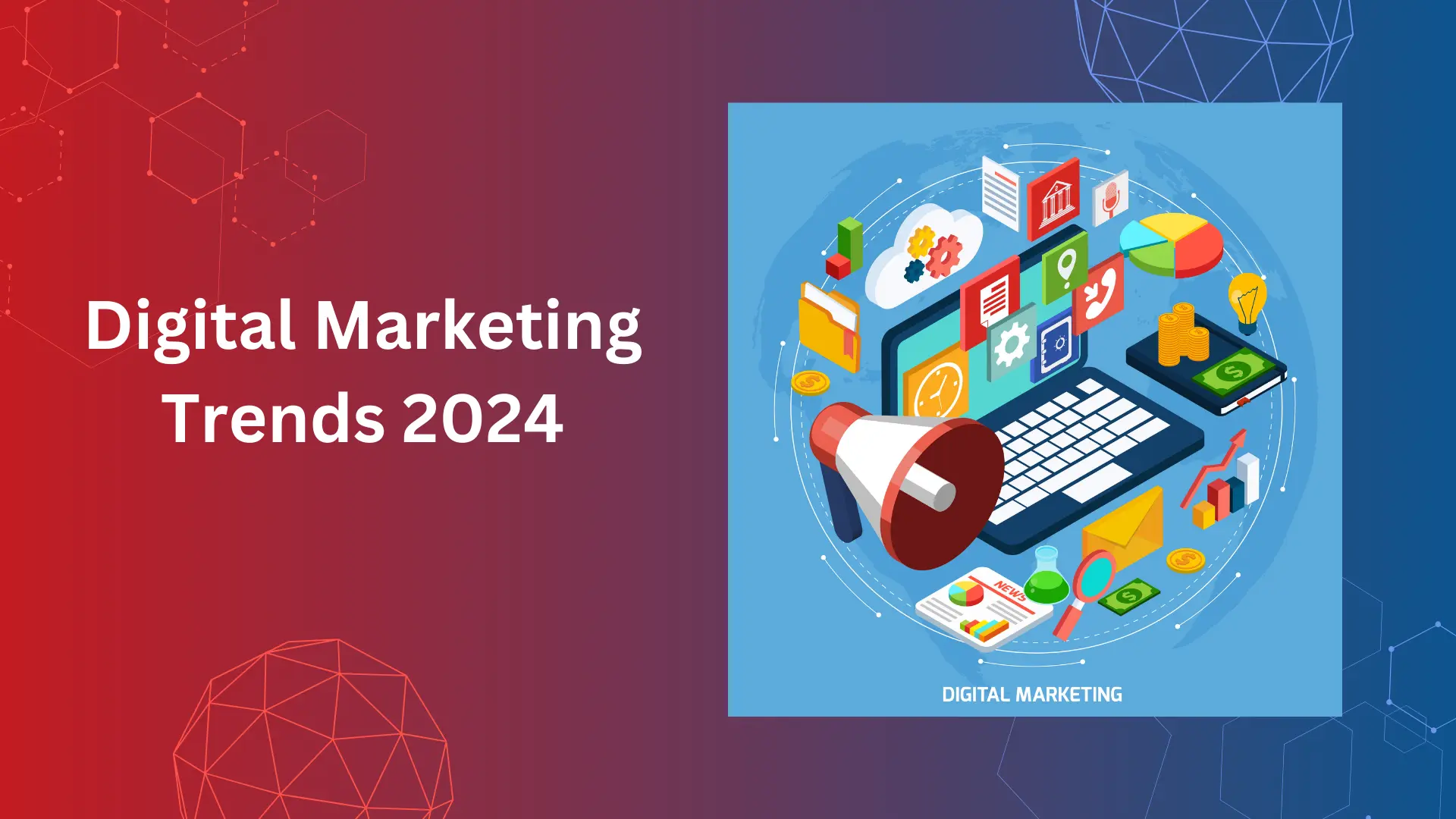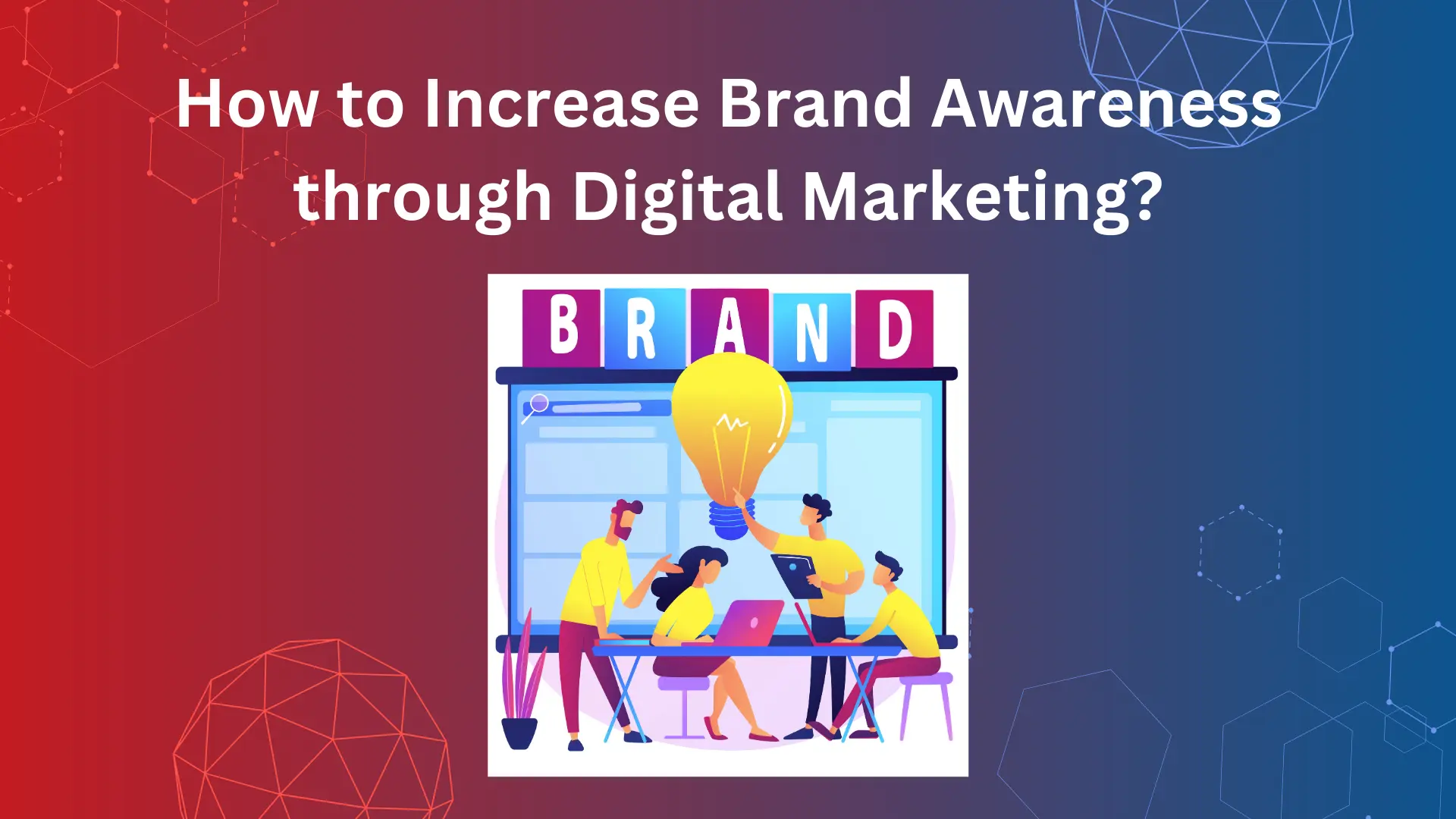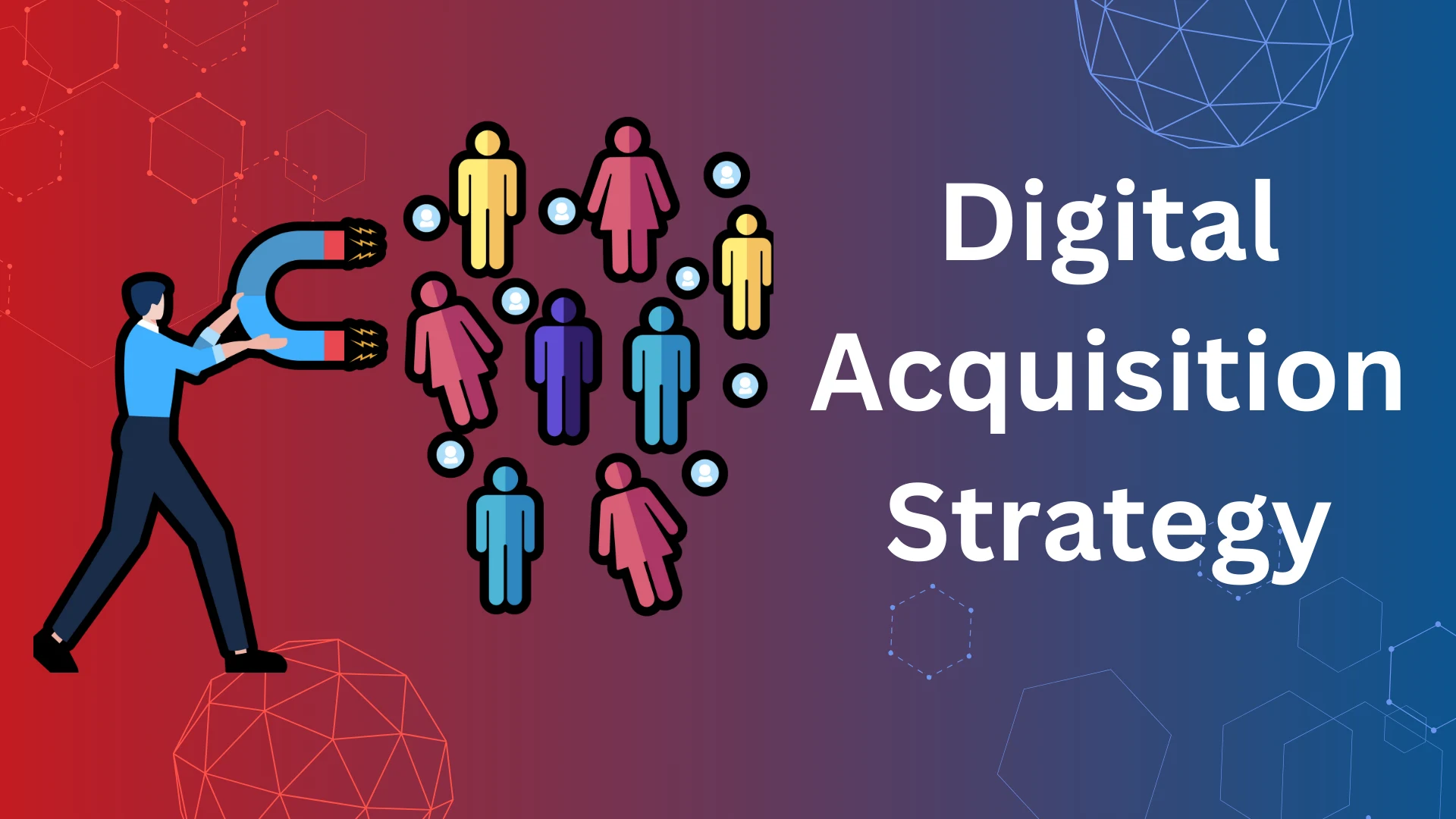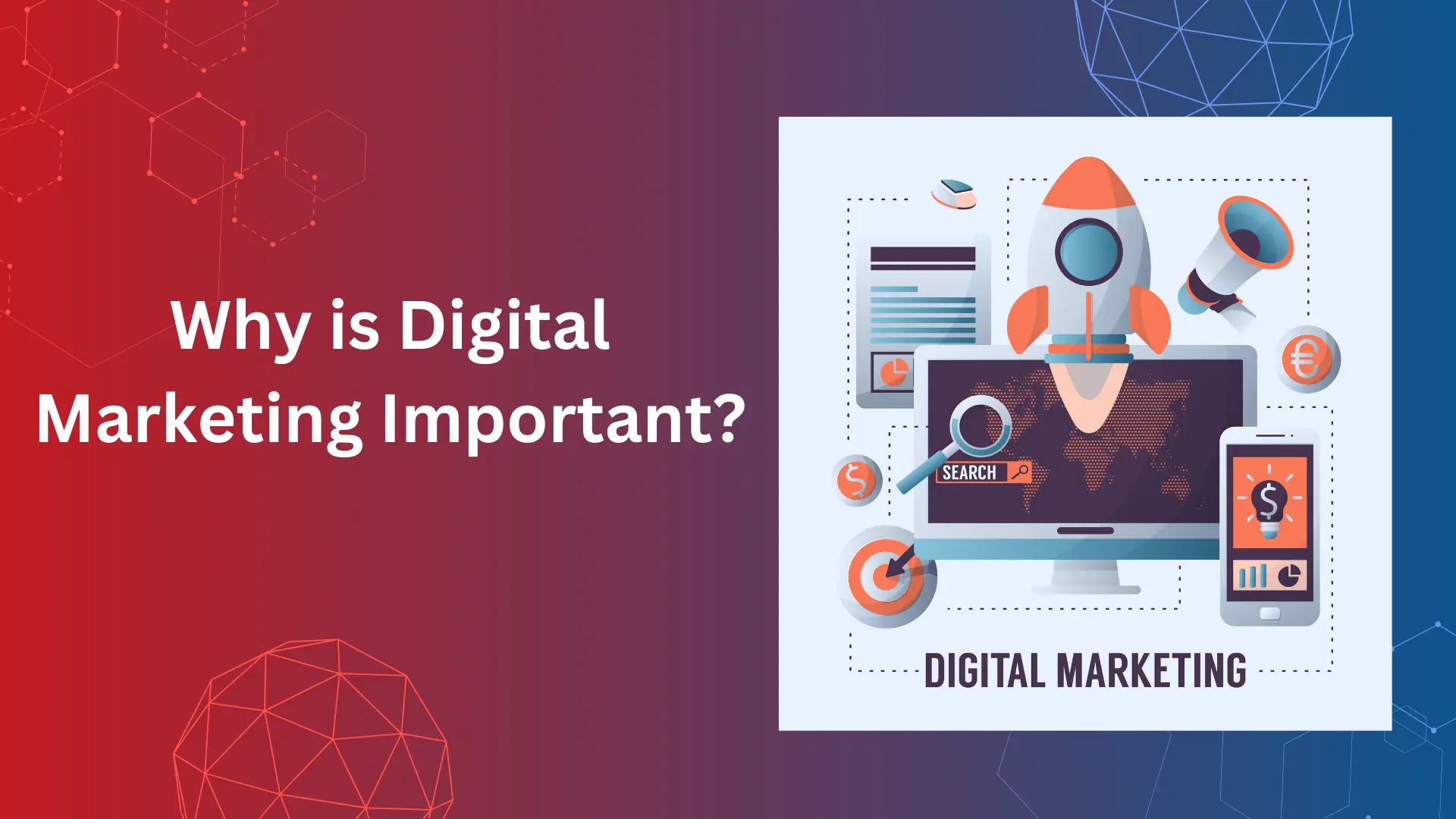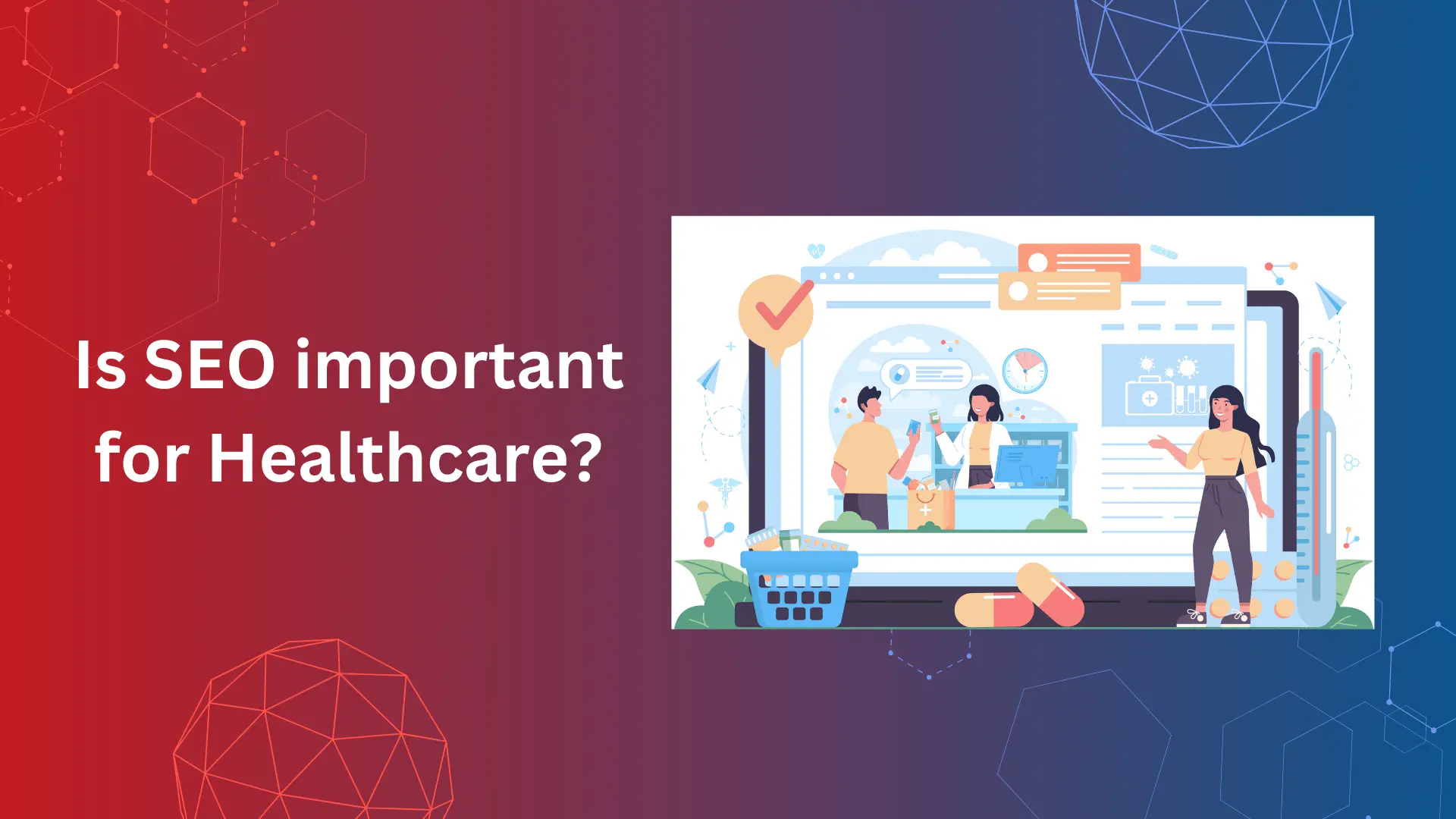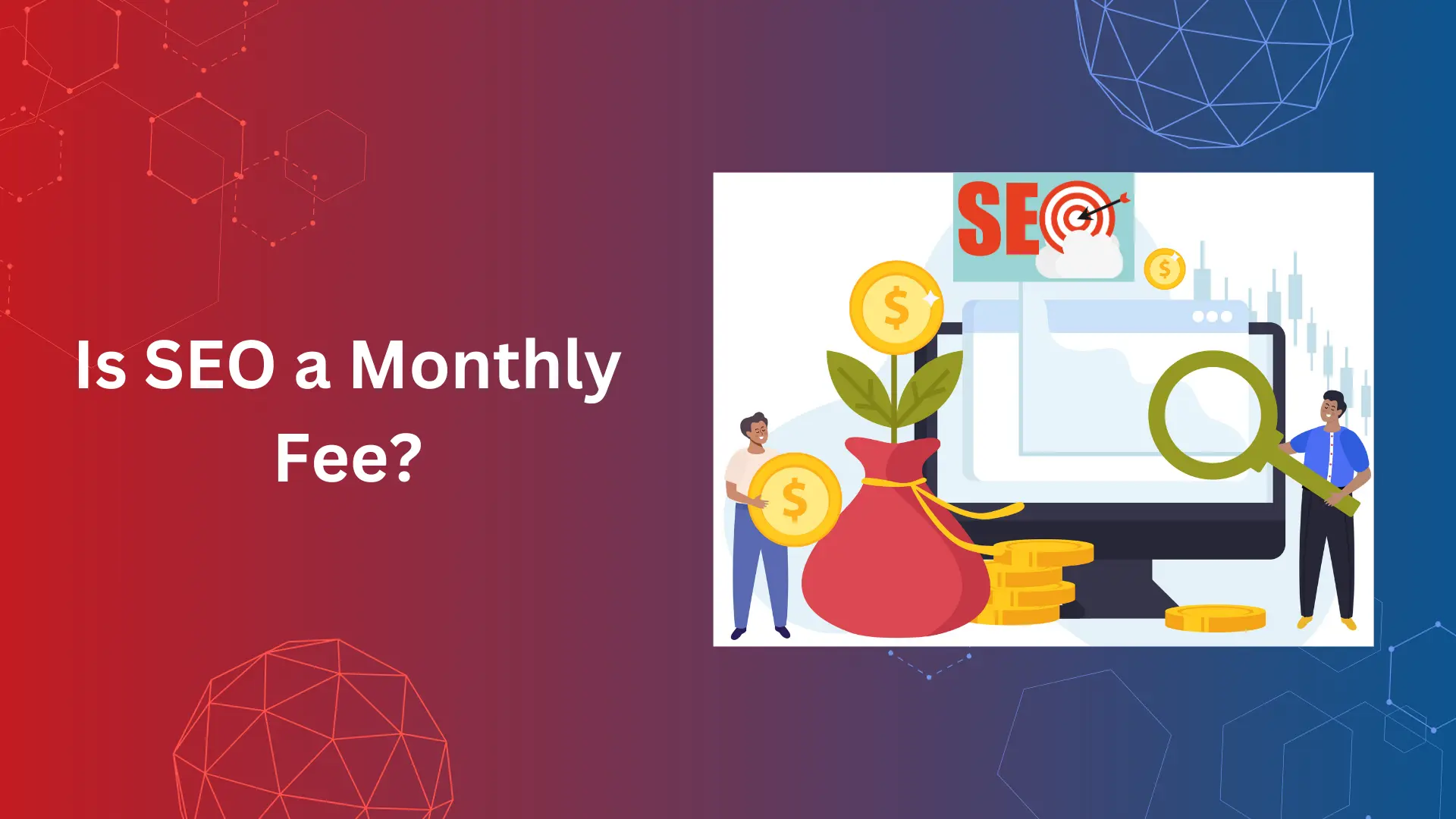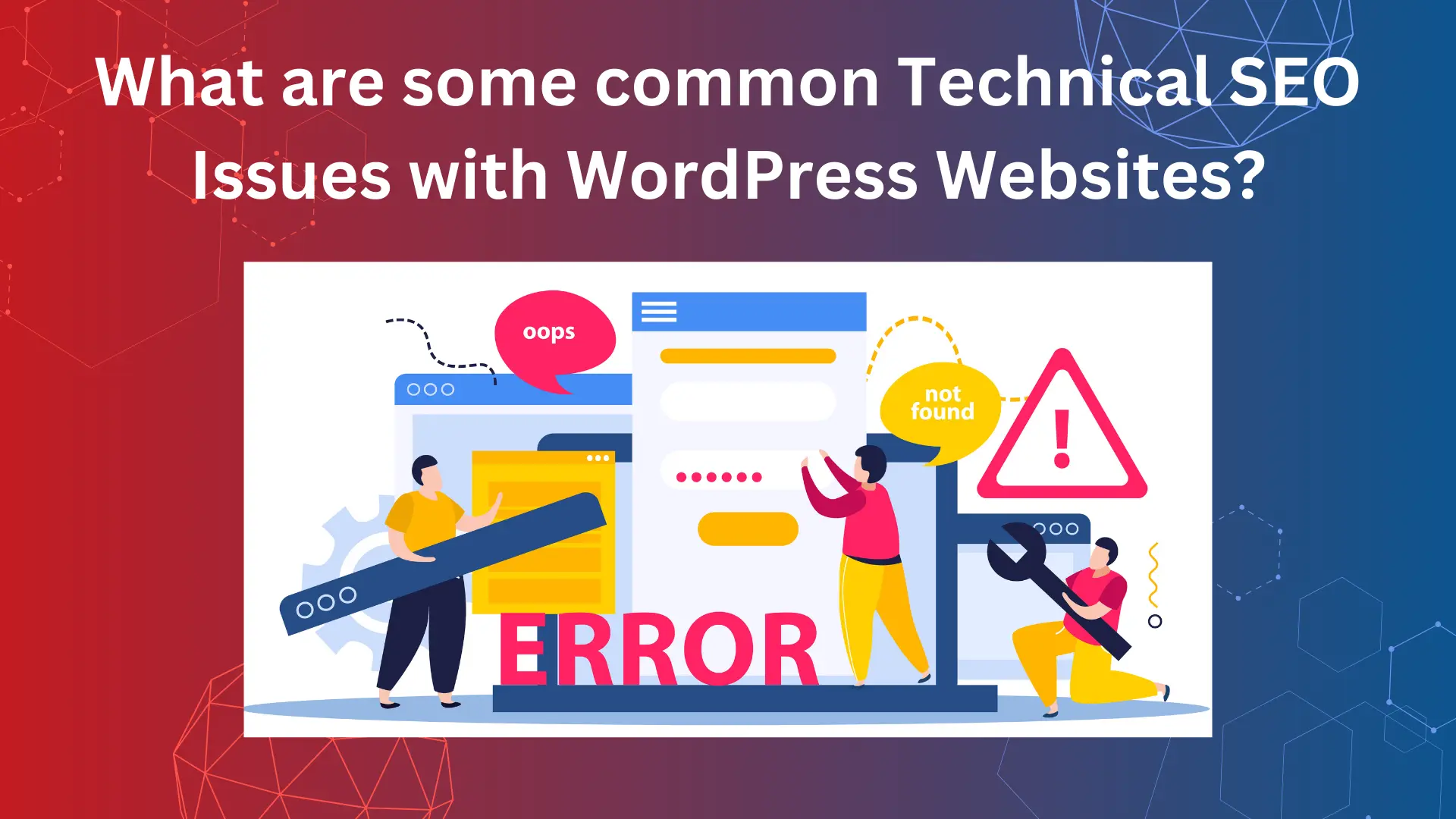Gone are the days when a marketer could plan his strategies to meet the expectations of the target audiences and general business prospects. Now, they need to be current to meet the organizational goals.
This blog post will cover the big themes that will shape digital marketing in 2024. It will focus on remarketing and retargeting.
What is the Key Difference between Remarketing and Retargeting?
While both terms are used to mean the same, there is proof that they are different. They have some disparities in the advertising world. Of course, you must understand these differences. This is key to reaching your audience and starting conversions.
Target Audience
Remarketing focuses on those who engaged with the website or ads. For instance, by visiting the product page or entering products into their basket.
The aim that one is able to accomplish is to recapture these users who have interests in the products and services that you are offering.
Remarketing focuses on a larger group of such customers. Some have visited the website, while others are potential clients. The ad campaigns can use subscriber lists, social media profiles, or other sources. They use them to find more potential buyers.
Goals and Objectives
Retargeting targets users. It tries to make them return to a specific website or app. There, they will buy something or perform a given action.
Remarketing has a broad strategy. It targets potential clients who visited the site but did not buy or return. It also targets new potential consumers.
Channels
You can retargeting using display networks like Google Ads or Facebook Ads. They let you target people who have shown interest in a business.
It can also span more channels, such as email, social media, or direct mail. It targets both past and new customers.
How does Remarketing Work?
- The basis of remarketing is pixels and lists that allow to monitor the activity of the user and group the audience.
- Pixels are snippets of code for data tracking; lists categorize customers by their stage in the marketing funnel.
- Marketers can segment users into types.
- For example, there are users who left items in the cart, users making the first purchase, loyal buyers, and users who viewed the wish list.
- They can then send emails with offers and gentle reminders.
- Remarketing ads are self-driving and guarantee that the most appropriate message is delivered to the user at the right time.
How does Retargeting Work?
- Retargeting uses pixels to track users’ activities.
- It tracks them not just on your web page but also on other websites they visit.
- It works like this: when a user comes to your site, a pixel is added to their browser.
- This lets you show them ads while they surf other sites or use social media.
- Most retargeting is done through ad exchange networks.
- They include the Google Display Network and Facebook Audience Network, among others.
- These networks evaluate users and then show them ads based on their prior browsing.
- Retargeting helps to bring your brand to the attention of users.
- They have already shown interest in your company’s products or services.
When to use Retargeting
However, retargeting is most effective if there is a target group that has shown interest in the products or services. This is a good way to win back customers who abandoned their shopping carts.
It also prompts past customers to buy again. And it targets people who have engaged with the firm before.
When to use Remarketing
Remarketing is highly effective. It helps you reach a wider audience. It does this with the help of browser’s retargeting and/or new customers.
It may be seen as a good way to increase brand familiarity. It helps to get leads and keep up relationships with a larger pool of potential buyers.
Conclusion
In remarketing and retargeting, it is also important to know that although both are very similar, it is essential to tell them apart. This way, when planning digital ad campaigns to reach your audience, you can pick the most effective. Marketers will be critical in the future. To stay competitive in the 2024 era, they should stay up to date with modern trends and tech. These things could help them deliver the best for their brands.
Frequently Asked Questions (FAQs)
- It could be customer emails, or any other data that is related to them or can be obtained from them, customer relationship data, web analytic data, etc.
- Google, Facebook, and LinkedIn offer remarketing platforms. They are part of the display and online advertising platforms.
- Special copies and message appeals for your remarketing target market
- Some of the other things that one has to look at include being sure that one understands one’s remarketing goals and how success will be measured.
Email remarketing: It promotes your company’s products and services through an email newsletter for customers. It targets people who have visited your website or have had prior dealings with your company.
Advertising remarketing: This is done through Pay-per-click platforms like Google Adwords or Facebook Advertisements. Ads are offered to the remarketing audience based on their experiences with the company.
- Choose which users you want to reach. This might be Web site visitors, Email subscribers, or past clients.
- Place tracking codes or pixels on your site.
- Create ad campaigns. Make strong creatives and distinctive ad text for your remarketing audience.
- Optimize and analyze.

